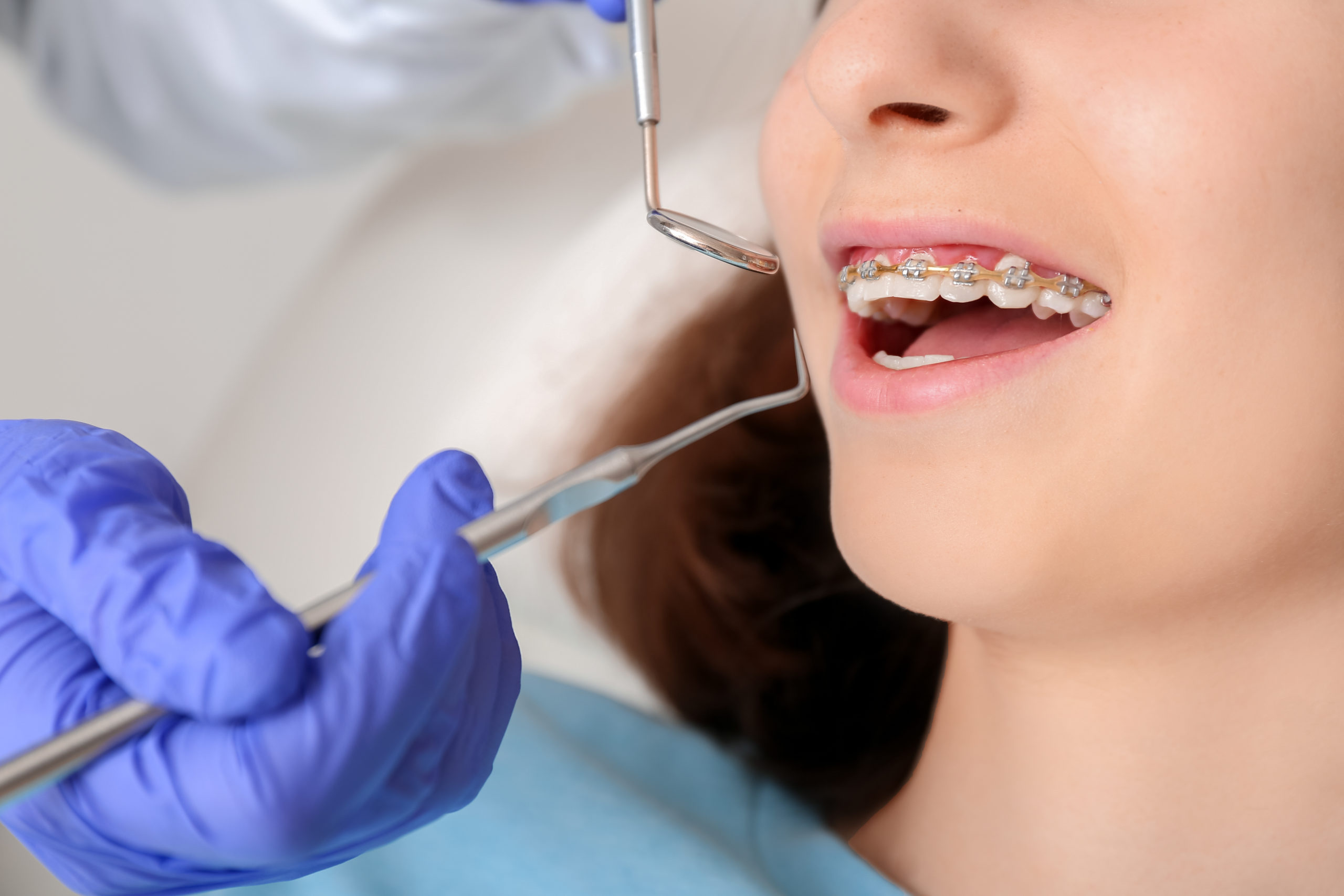Comprehensive Overview to Orthodontics Procedures for Fixing Oral Imbalances
In the world of orthodontics, the trip to attaining a flawlessly straightened smile includes a myriad of procedures customized to fix oral imbalances. From typical braces to undetectable aligners and also surgical options, the area of orthodontics offers a variety of options to address varying levels of dental abnormalities. Recognizing the complexities of each procedure, including their mechanisms, benefits, and potential disadvantages, is vital in making educated decisions regarding one's orthodontic treatment. As we navigate through the detailed overview to orthodontic procedures for correcting oral misalignments, the detailed details of each approach will unfold, clarifying the path toward a unified and useful dental positioning.
Orthodontic Procedures Review

Routine changes and tracking are crucial parts of orthodontic treatment to ensure progression is on track and to make any required alterations along the method. By undergoing orthodontic treatments, clients can not only accomplish a straighter grin but also improve their general oral health and wellness and feature.
Typical Dental Braces: Exactly How They Function
When thinking about orthodontic therapies for oral misalignments, standard braces stick out as a tried and true technique for fixing teeth placing. Typical braces consist of brackets, cords, and bands that work with each other to use continual stress on the teeth, slowly moving them right into the desired positioning. The brackets are affixed to the teeth utilizing an unique adhesive, and the cables are threaded with the braces. By adjusting the tension of the wires, orthodontists can regulate the instructions and force put on each tooth, directing them into appropriate positioning over time.
One secret facet of exactly how standard braces work is the procedure of bone improvement. As stress is used to the teeth with the braces, the bone bordering the teeth is reshaped to support the brand-new tooth positions. This remodeling is crucial for the lasting stability of the remedied alignment. Clients will certainly require regular changes at the orthodontist's workplace to guarantee the braces remain to use the appropriate pressure for reliable teeth movement.
Unnoticeable Aligners: Advantages And Disadvantages
These clear, personalized trays are essentially undetectable when used, making them an appealing choice for people looking for a much more aesthetically pleasing orthodontic therapy. Patients can remove the aligners prior to eating or cleaning their teeth, lowering the risk of food getting stuck in the home appliance and simplifying the cleaning process.

Surgical Orthodontic Options
Surgical treatments in orthodontics present sensible alternatives for addressing intricate oral imbalances that might not be properly fixed via standard orthodontic treatments. While unnoticeable aligners and standard dental braces can correct numerous orthodontic problems, certain instances call for surgical treatment to achieve optimum outcomes. Surgical orthodontic alternatives are usually recommended for serious malocclusions, significant jaw disparities, and cases where the underlying bone structure requires adjustment to achieve correct alignment.
One usual medical orthodontic treatment is their website orthognathic surgical procedure, which includes rearranging the jaws to deal with useful issues such as problem eating or talking. This surgical treatment is commonly done in partnership with an orthodontist that helps align the teeth prior to and after the treatment. Surgical orthodontics might likewise involve treatments to subject influenced teeth, remove excess periodontal tissue, or improve the jawbone to create a much more harmonious facial account.
Before considering surgical orthodontic choices, clients go through a comprehensive examination to determine the requirement and potential benefits of such treatments. cumming orthodontics. While surgical treatment might appear challenging, it can considerably boost both the feature and appearances of the smile in situations where traditional orthodontic treatments drop short
Retainers and Post-Treatment Treatment

Failure to conform with post-treatment care directions can result in relapse, where the teeth slowly relocate back towards their initial settings. Consistent retainer wear, great dental hygiene, and regular oral examinations are necessary for keeping the outcomes attained with orthodontic surgical procedure and making sure the lasting security of the remedied dental placement.
Conclusion
In final thought, orthodontic procedures use different alternatives for correcting dental imbalances. Surgical orthodontic alternatives are readily available for more extreme misalignments. Overall, orthodontic treatments can efficiently improve oral health and wellness and aesthetic appearance.
As read this post here we navigate through the thorough overview to orthodontic procedures for fixing oral imbalances, the complex information of each technique will unravel, shedding light on the path towards a practical and unified dental positioning. - cumming invisalign
One of the most common orthodontic treatments is the usage of braces, which consist of metal brackets and cords that use mild stress to progressively shift teeth right into the desired setting.When taking into consideration orthodontic therapies for oral misalignments, standard braces stand out as a tried and true method for fixing teeth placing. Additionally, unseen aligners might not be ideal for intricate orthodontic issues that require even more significant teeth movement, as they are normally advised for light to moderate instances. Retainers are customized orthodontic devices developed to hold teeth in their dealt with placements after the conclusion of orthodontic find out this here treatment.